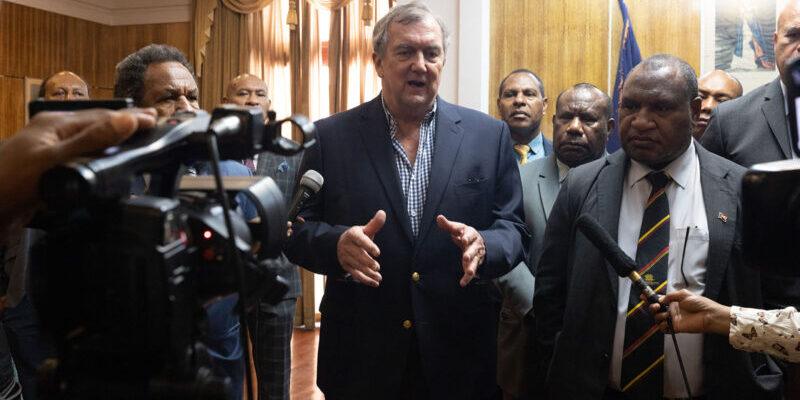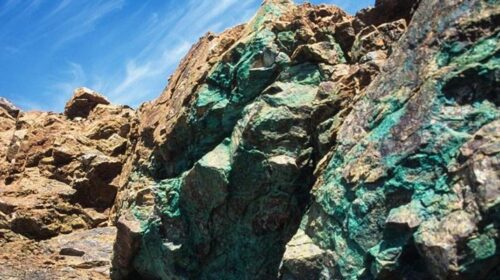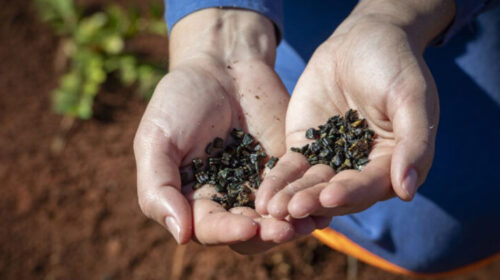Kibali Implements New Ten-Year Plan Amidst Rising Gold Production
Kibali, Africa’s largest gold mine, significantly increased production in the last quarter, in line with its growth plan, and is on track to meet its annual targets.
Also, the results of exploration operations show sufficient reserves to ensure the replacement of those depleted by this year’s operations.
At a media briefing on Wednesday, July 5, at the Memling Hotel in Kinshasa, Barrick Chairman and CEO Mark Bristow stated that the mine, with a 10-year lifespan, is fully executing its business plan for the next decade.
He confirmed that it continues to hold its status as one of Barrick’s top-tier Level One mines, capable of producing over 500,000 ounces of gold at a cost lower than the industry average for a minimum of 10 years.
The mine derives most of its energy from its three hydroelectric power stations on the Kibali River. It is planned to build a solar power plant with a capacity of 16 MW, to ensure the constancy of hydroelectricity production during the dry season in the DRC; which will increase the mine’s renewable energy volume from 79% to 88% of the energy grid, as Kibali runs entirely on renewable energy during the rainy season.
Bristow said the creation of a world-class mine and a thriving local economy in one of the most remote and least developed regions of the DRC is emblematic of a successful partnership between Barrick, the Government of the Republic and its local communities.
“Our partners in the DRC have benefited enormously from Kibali which, over the past 10 years, has invested $4.6 billion in the country in the form of dividends, royalties and taxes.
In line with our local procurement policy, Kibali favors Congolese suppliers and contractors, and to date they have received $2.5 billion from the mine,” Bristow said.
“Barrick’s commitment to the DRC is also visible through the extensive support we have provided to Garamba National Park, contributing to the conservation of valuable biodiversity.
More recently, we took the initiative to reintroduce white rhinos to the park, where they were last seen 13 years ago. Last month, 16 of these rhinos were successfully introduced to Garamba and another 60 are expected to be delivered over the next three years.
Kibali’s Cahier des Charges program launched eleven projects in 2023, seven of which are expected to be completed in July. The mine is investing $8.9 million in this initiative over five years. The Community Development Fund is also implementing a number of new projects.
![]()





